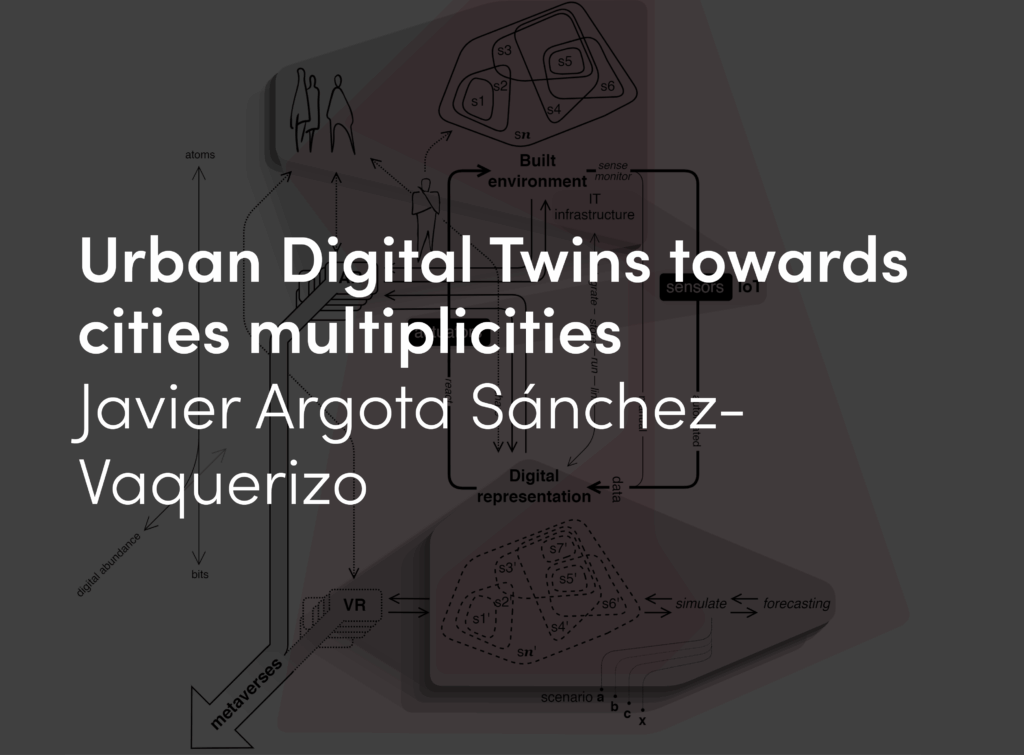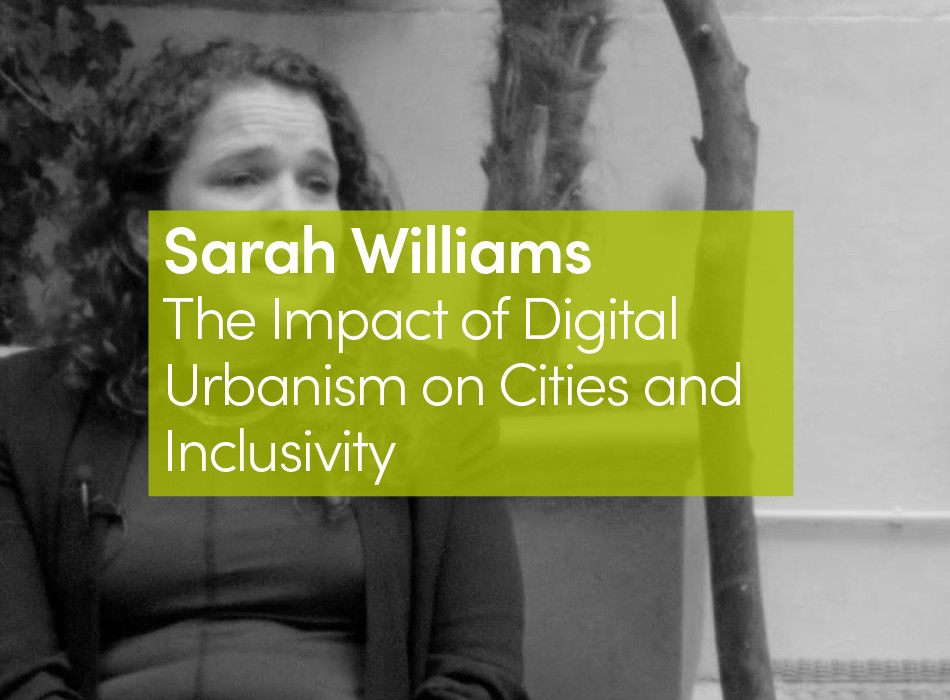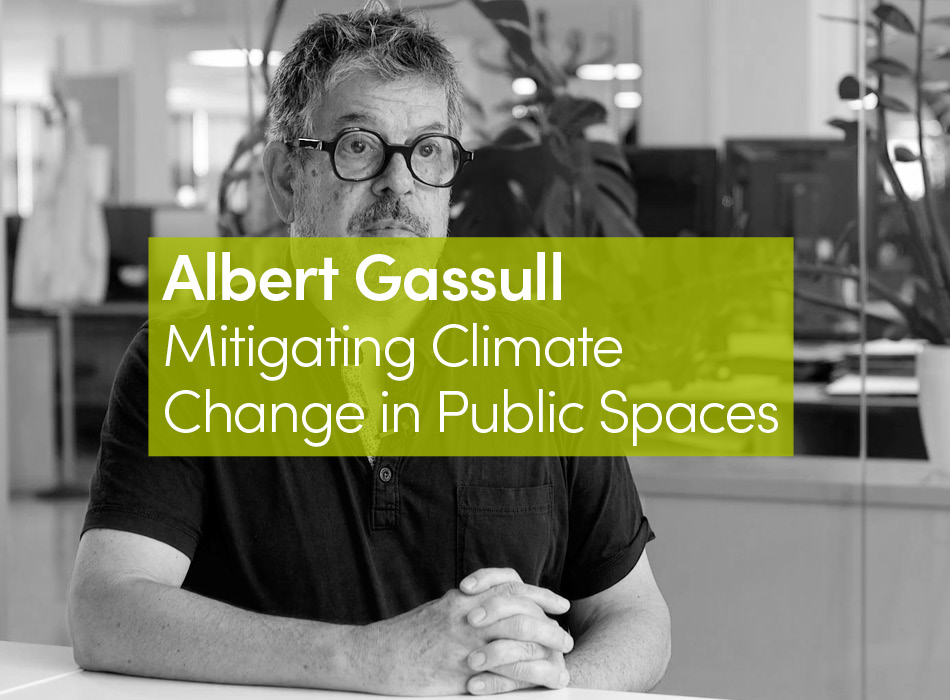In the increasingly interconnected globe, the relationship between systems—both natural and artificial—across scales, has expanded the spatial design discipline’s focus from site to the engagement with a broader territory. How this territory is defined and where/how designers should act on this territory, however, is difficult to ascertain, as globalized networks tend to move people, matter, and economics in complex ways that are continually being renegotiated. Territory refers to a delineated portion of geographic space that is claimed or occupied by a person, group of persons, or institution.[1] How territory is delineated depends on distinct ways of parsing geographic space, which reflect particular social and spatial organizations.[2] Territoriality is intimately linked to the notion of territory, and can be described by how individuals or groups claim space. That is to say, territoriality reveals how power manifests itself in geographic space and how limits are defined, as posited by David Storey, “Territoriality can be seen as the spatial expression of power and the processes of control and contestation over portions of geographic space are central concerns of political geography. Any consideration of territories necessarily raises questions to do with boundaries.”[3] The delineation of the boundary was central to defining territory, and is a product of several factors including cultural and social organizational relationships. More recently, globalization and its associated regional economic alliances (for instance, the EU, ASEAN, NAFTA, etc.) have suggested that boundaries are increasingly more permeable, temporal, and non-spatially defined. The ever-expansionist mechanisms of capitalism have created new relationships that are both comprehensively integrated while also blurring and making more complex the standard definition of territory. Within the endless carpet of urbanization, boundaries (national amongst others) are reduced in significance, making it more difficult to pinpoint how power manifests itself geographically.[4] Despite this blurring, we can still look to space, and how space has been organized through material infrastructure, to develop an initial understanding of how a complex set of factors (political, economic, social, etc.) have been negotiated.
Ketchup by Felipe Zene Motta from Urban Works Agency.
The notion of territory and the organization of infrastructure converge at production of logistical space. Logistics, a branch of military science that dealt with the procurement, maintenance, and transportation of military material, facilities, and personnel, is now a core principle in how the globalized city, its periphery, and hinterland, functions. In fact, logistical networks are so integral to the functioning of global commerce that they have essentially reconfigured the globe into what Neil Brenner has termed ‘planetary urbanism’. The ability to move large amounts of matter through networks at increasing speeds is an attempt to conquer space and time. As networks become increasingly integrated (albeit, often one-dimensionally), we notice a shift in the role of spatial proximity, which incites new forms of urban organization.
The White Tee Shirt by Antonio Carlos De Quadros Goncalves Neto from Urban Works Agency.
Through the Urban Works Agency, an advanced design-research lab examining contemporary urban issues at the California College of the Arts, we are attempting to develop new techniques to read and map the spatial effects of logistical systems through time. If systems-based thinking—from cybernetics to logistics to ecology—defines the majority of contemporary life today, it is also ideologically aligned through endless connectivity. Several of these systemic processes occur at planetary scales and are highly intangible at the scale of human occupation—making them abstract and allowing for us to remain indifferent to their organizational logics. The following three films—produced by students at the California College of the Arts—attempt to trace the logistical system of a particular product of their choosing. Following the upstream (extraction, harvest), midstream (production, manufacturing), and downstream (distribution) sequence and the associated infrastructural formats (conduits, containers, and surfaces) that organize these processes, reduces the abstraction of their spatial footprint. Film was employed as a medium to test how time—the most integral part of a logistical system—can be synthesized into architectural thinking and representation. What follows are three films which track highly typical products — ketchup, white t-shirts, and dimensional lumber. Lurking in the background, these ubiquitous products have a spatial footprint that often extends across the continent and globe. Understanding the system, its infrastructures, and associated technologies helps clarify the spatial principles of logistics for designers. Only by understanding the complexity and spatial make-up of these systems, can we recognize and pinpoint where and how the spatial design disciplines should act within and on these processes.

















